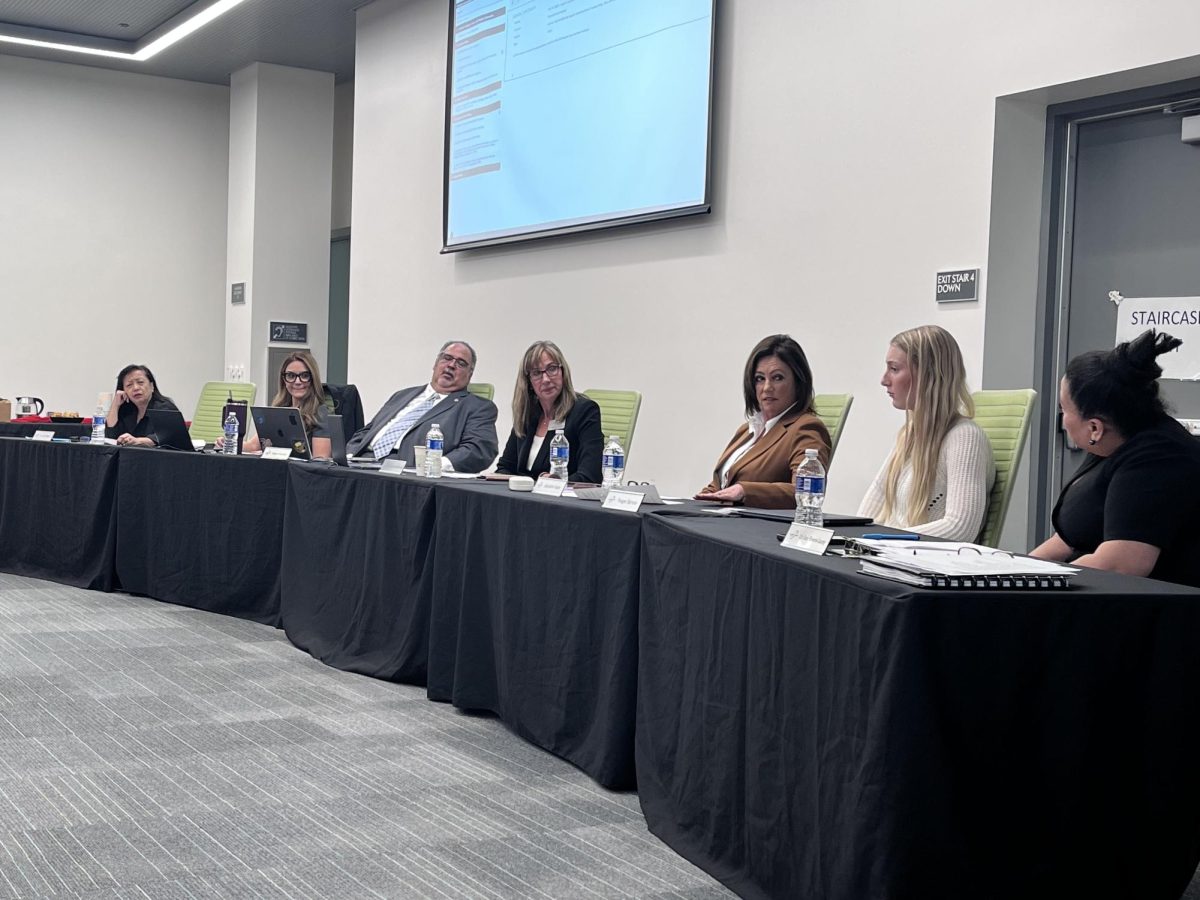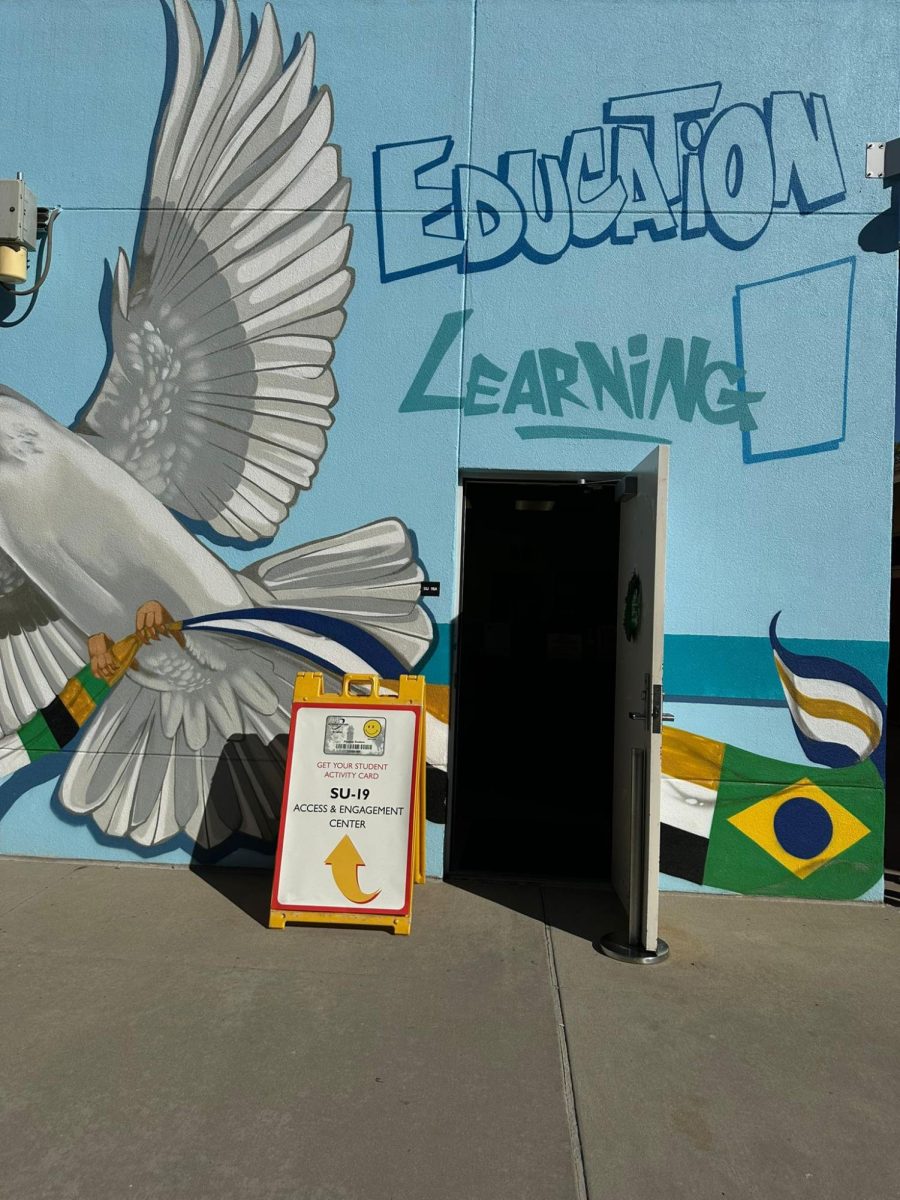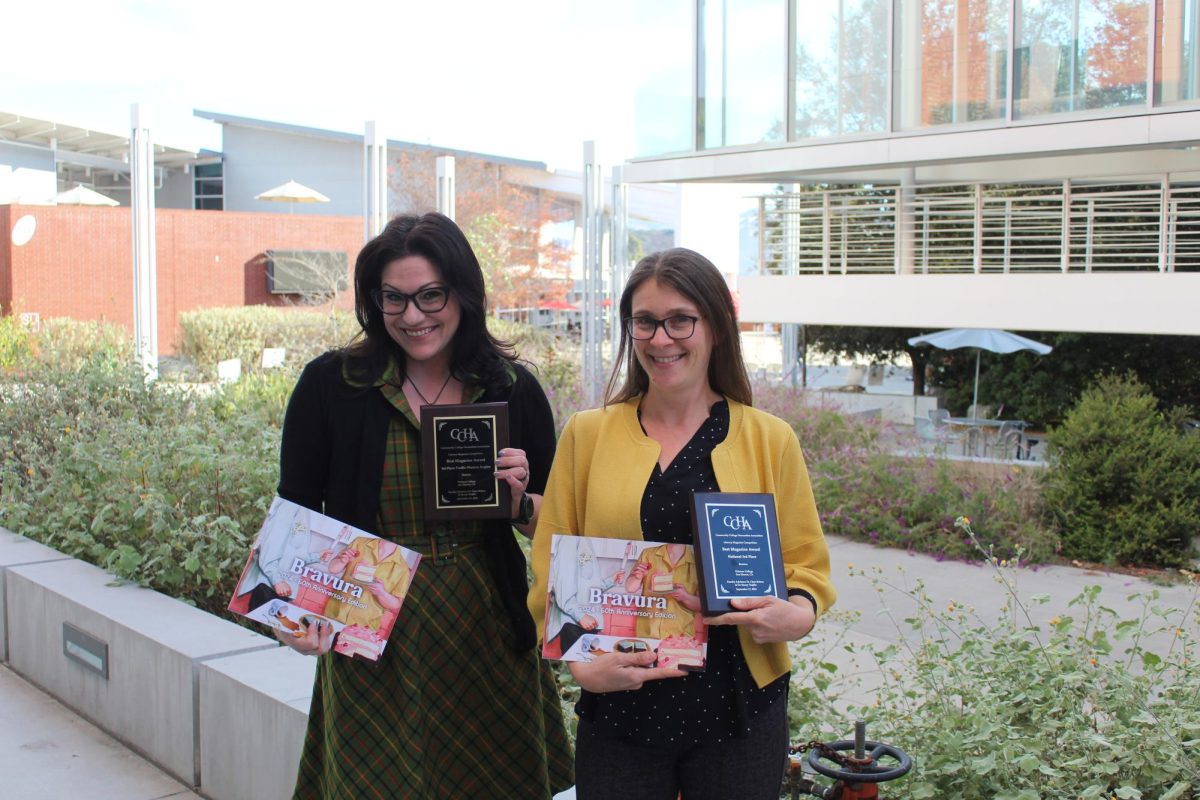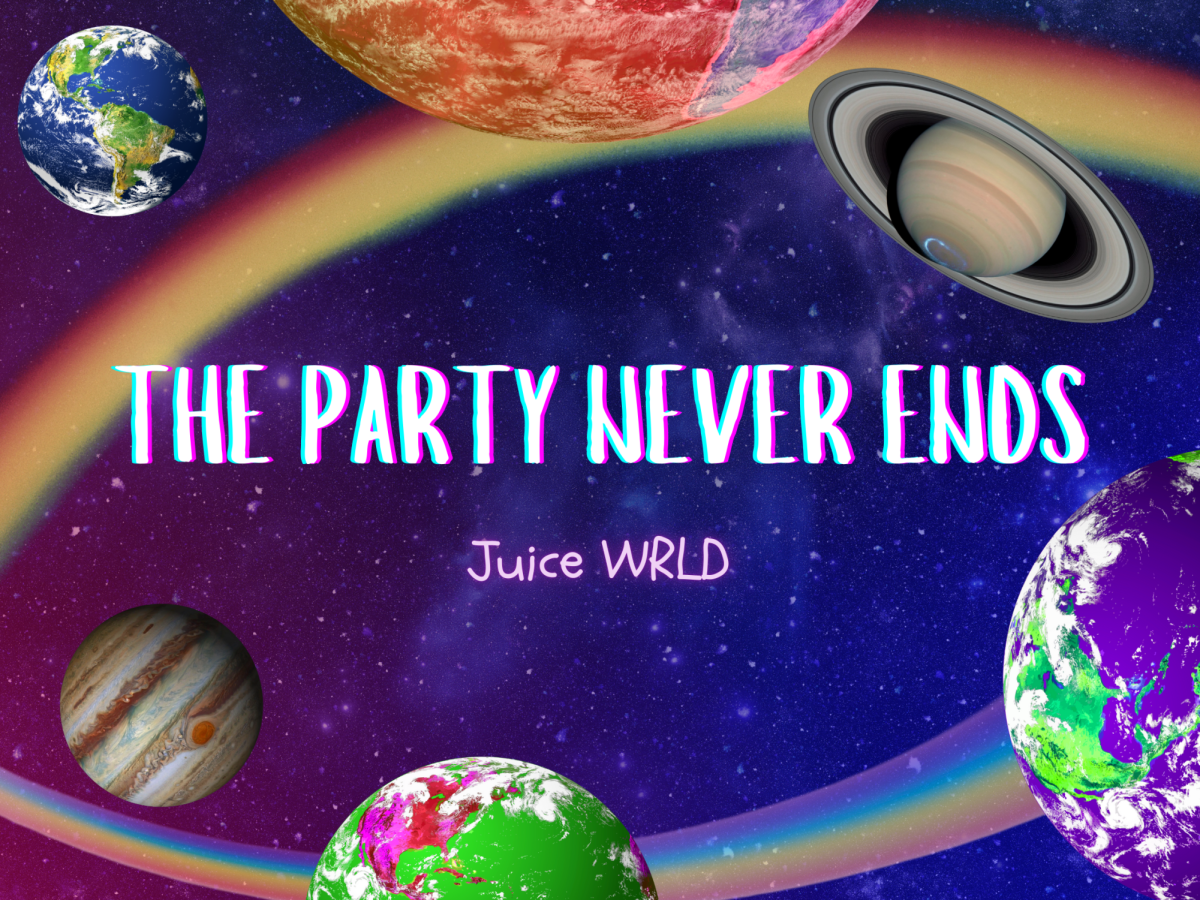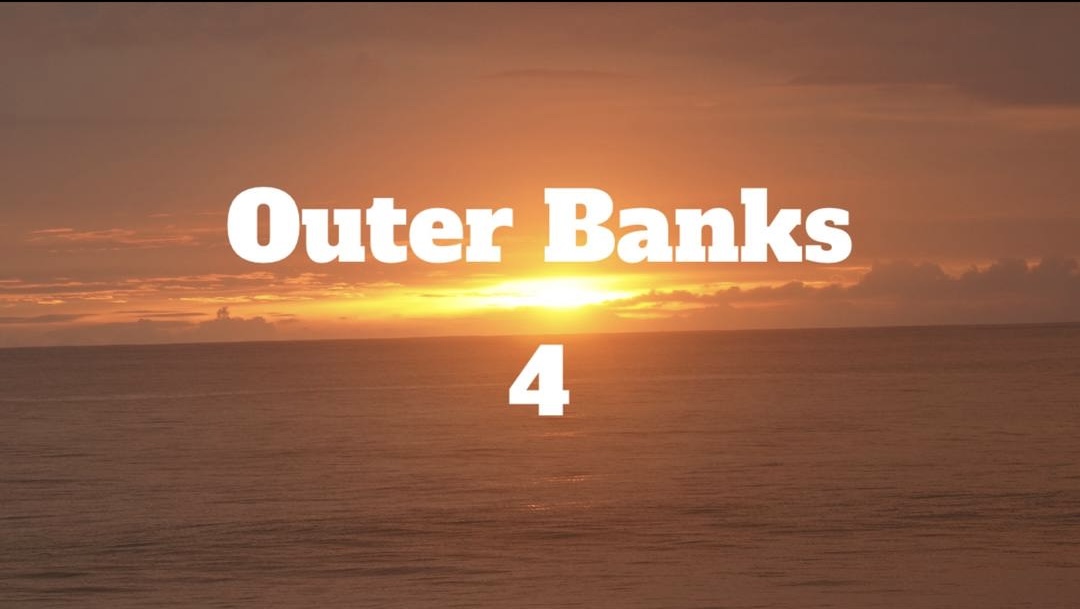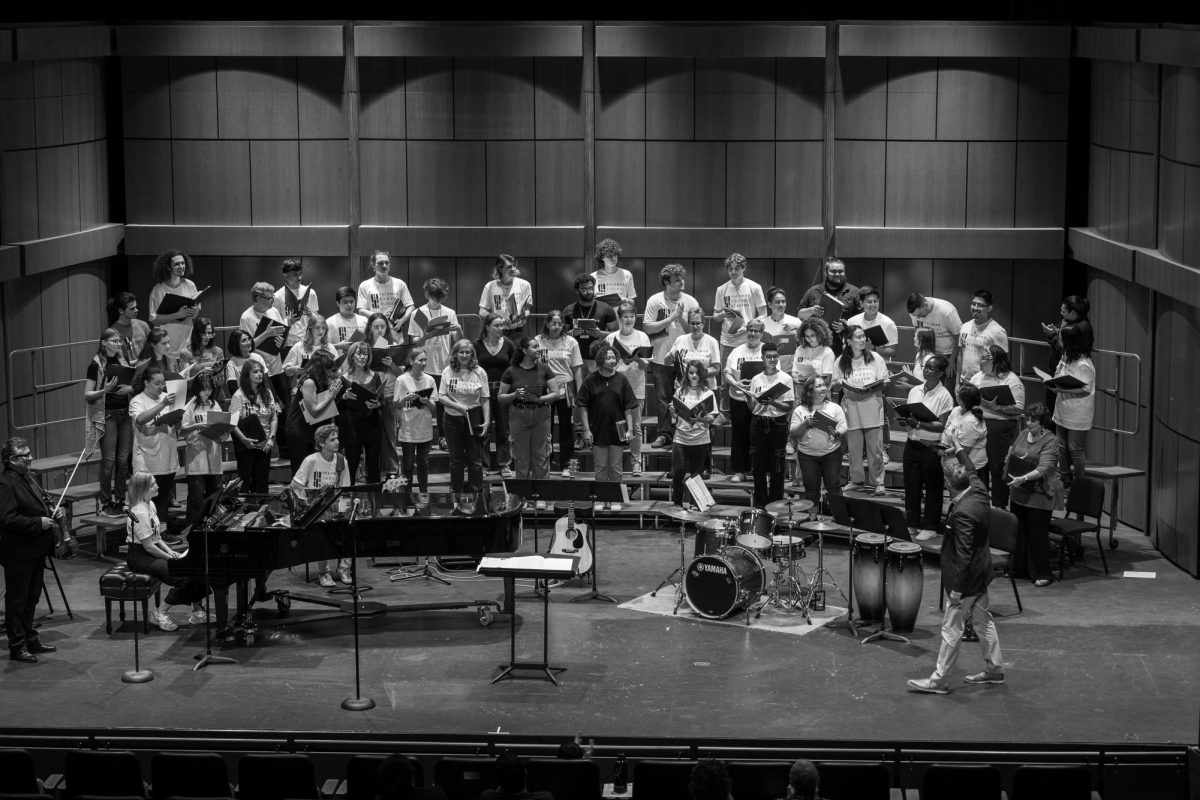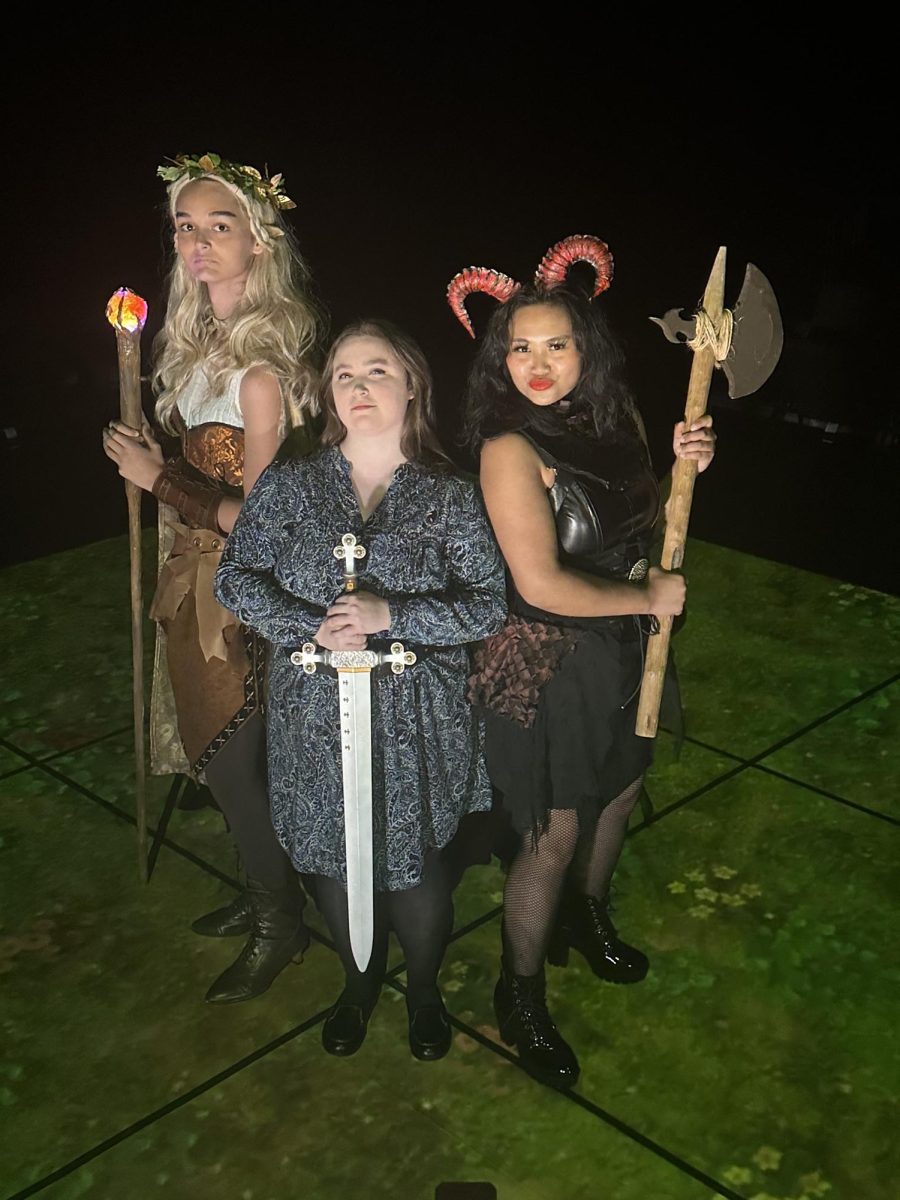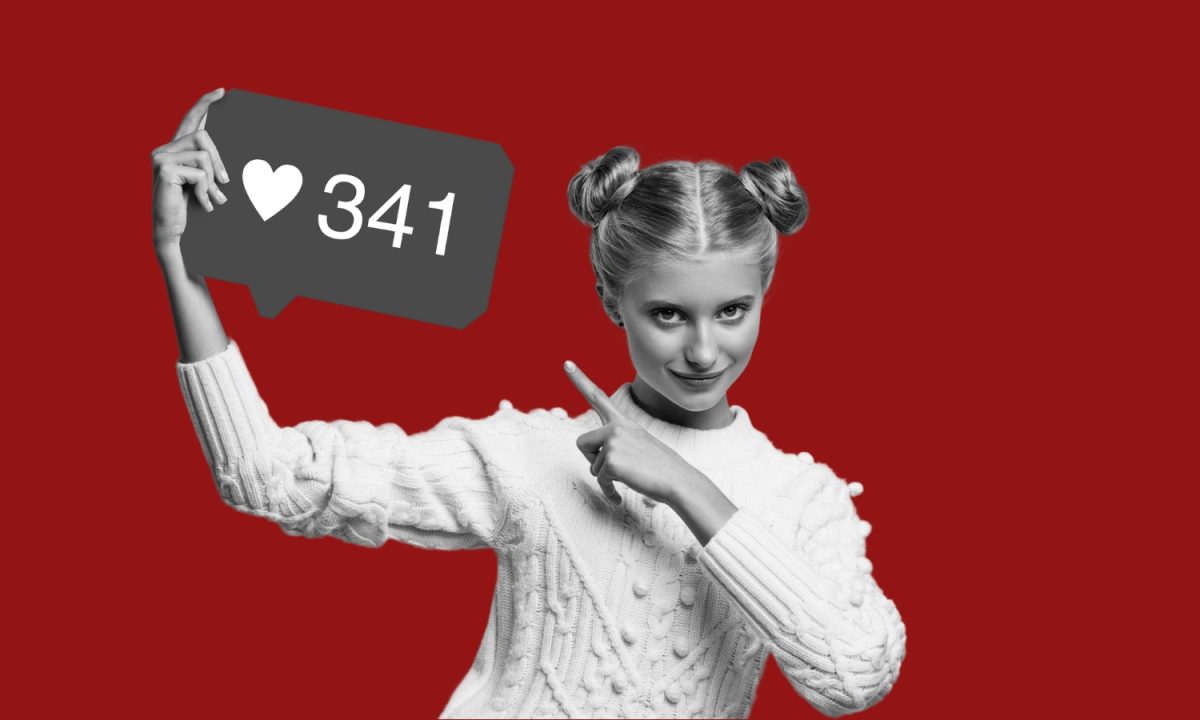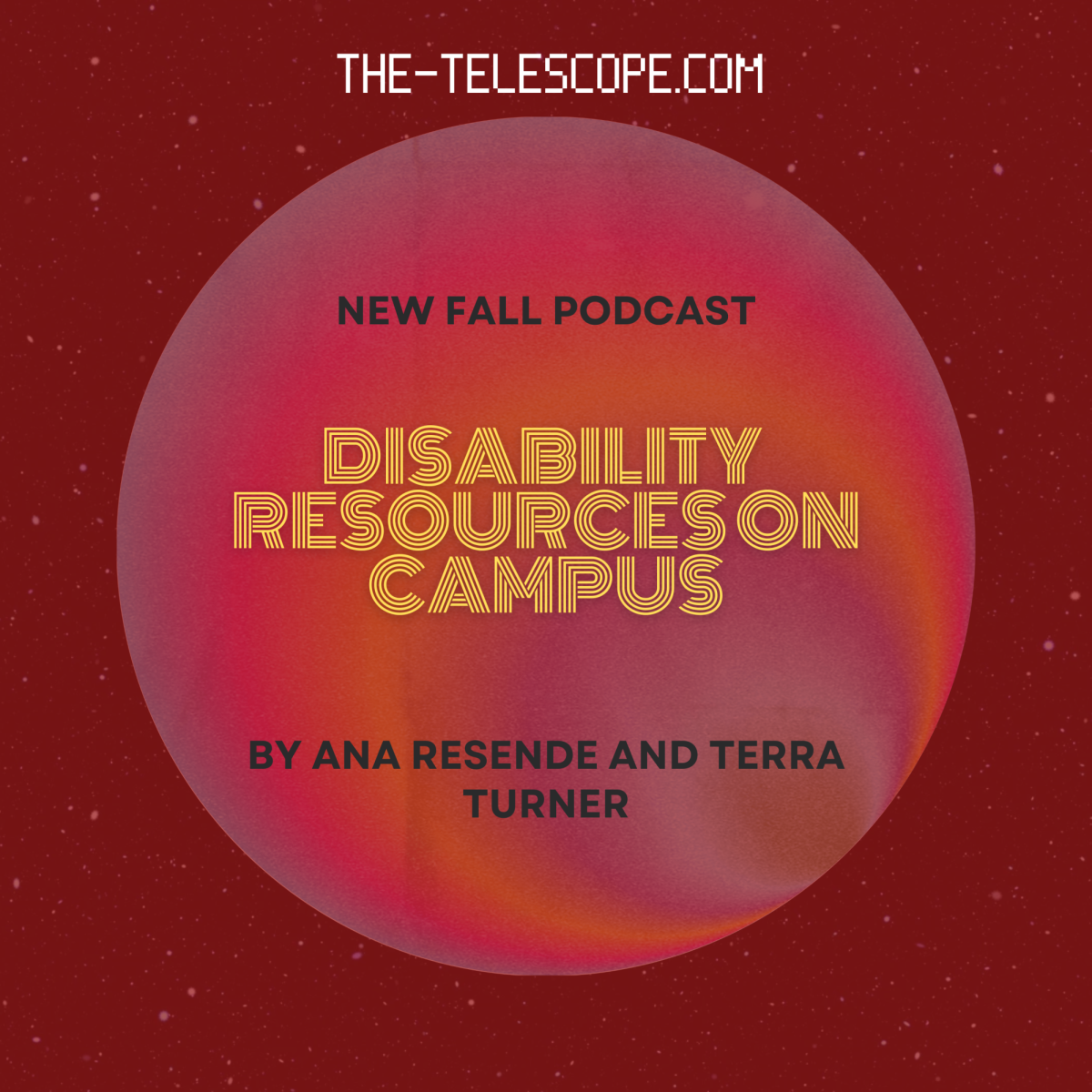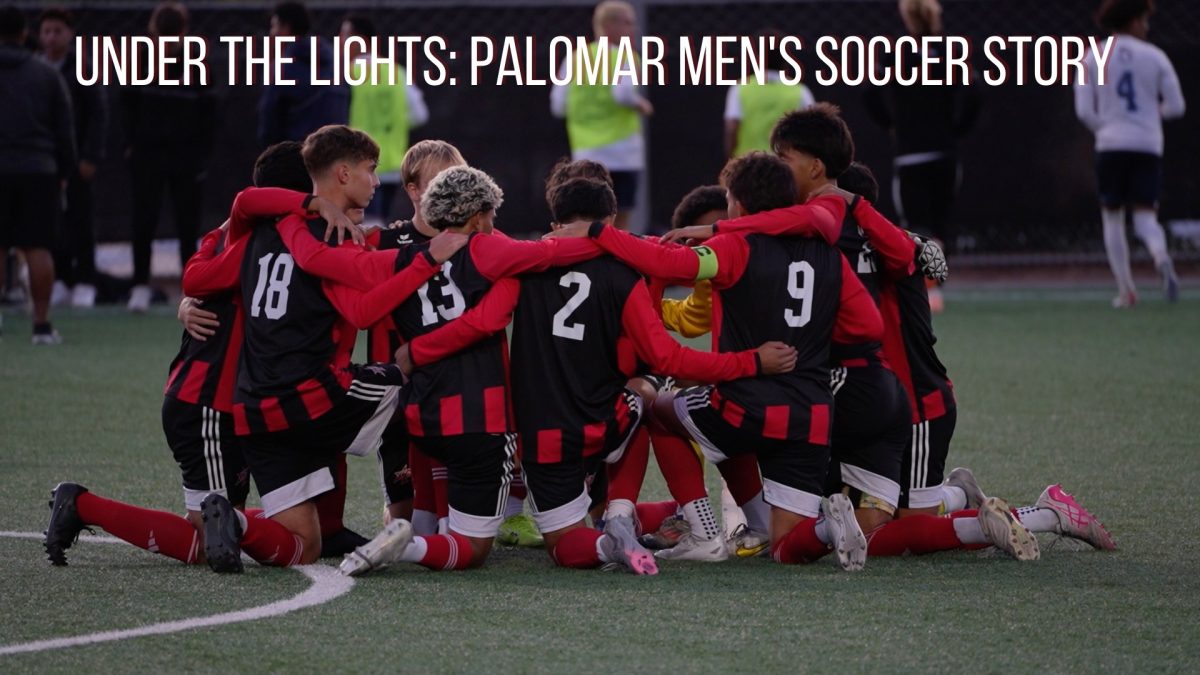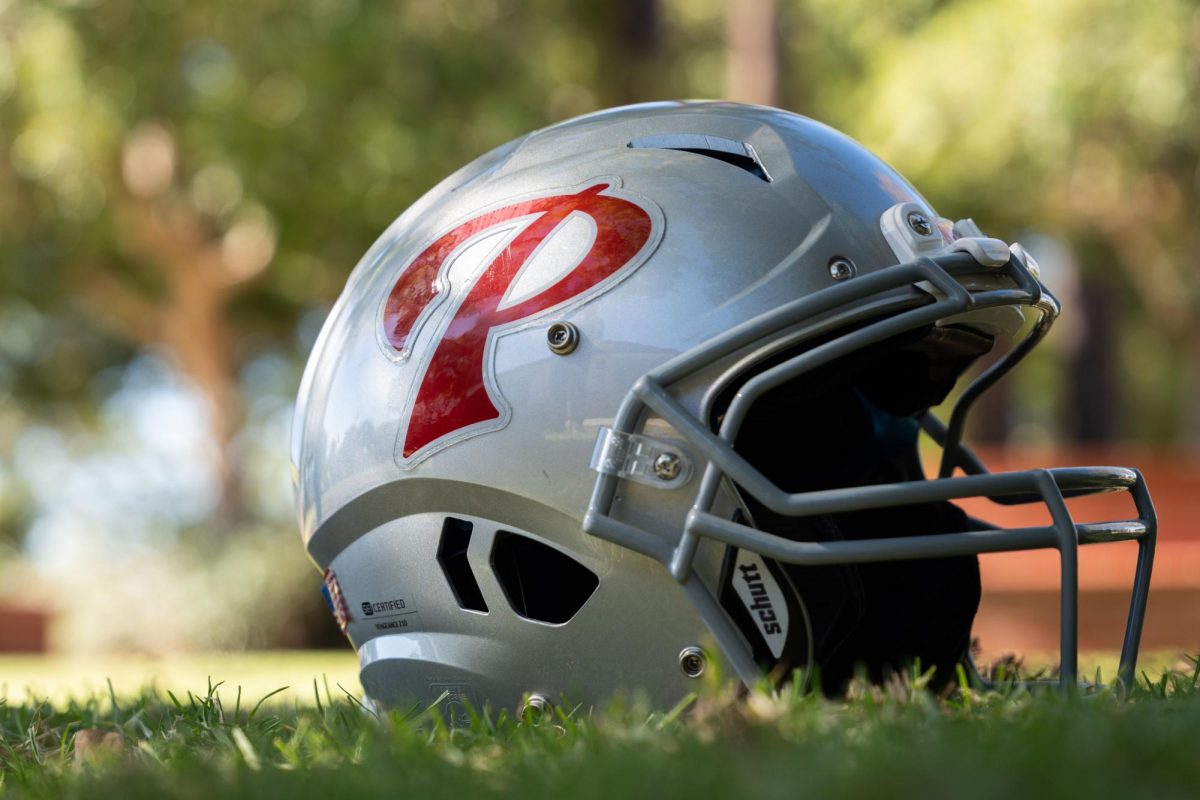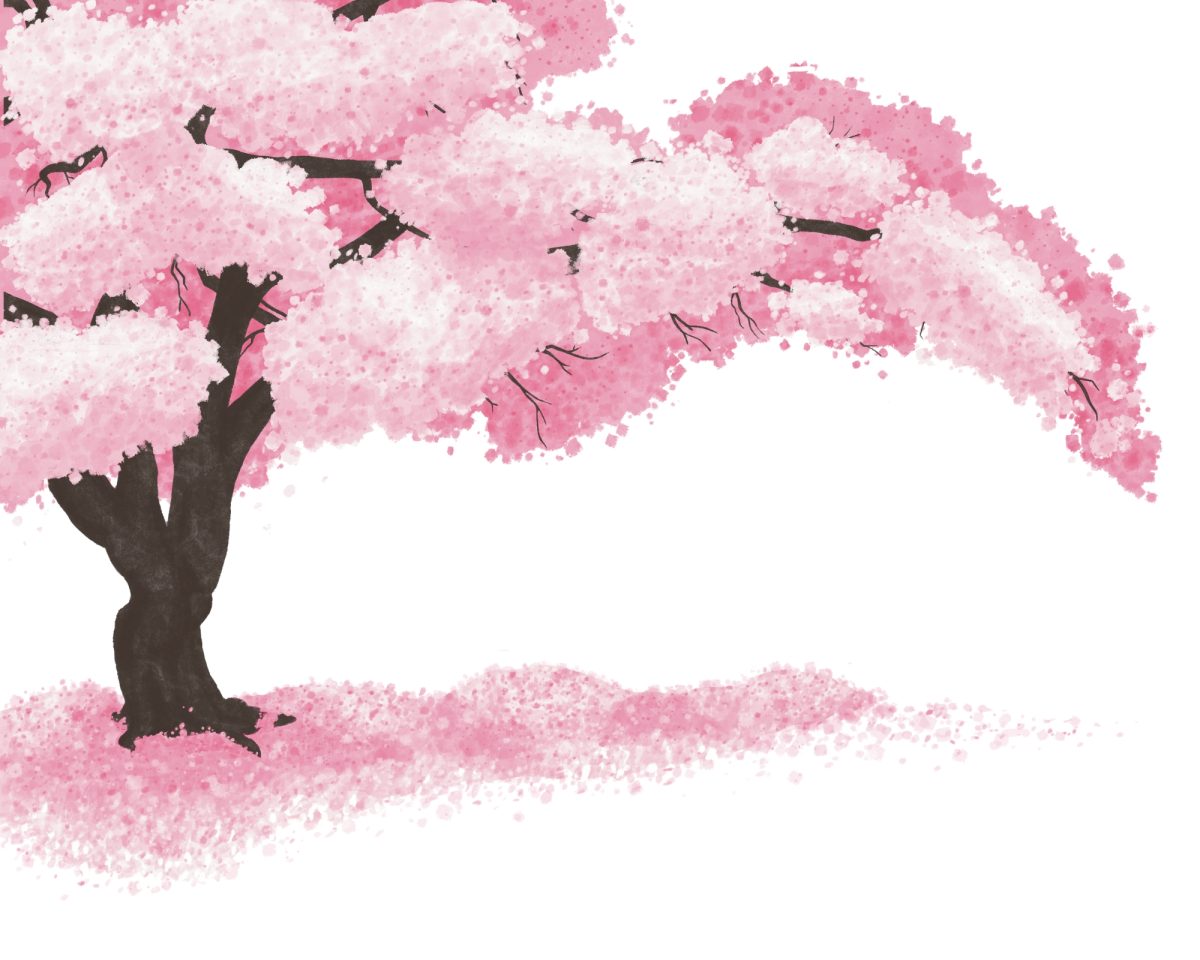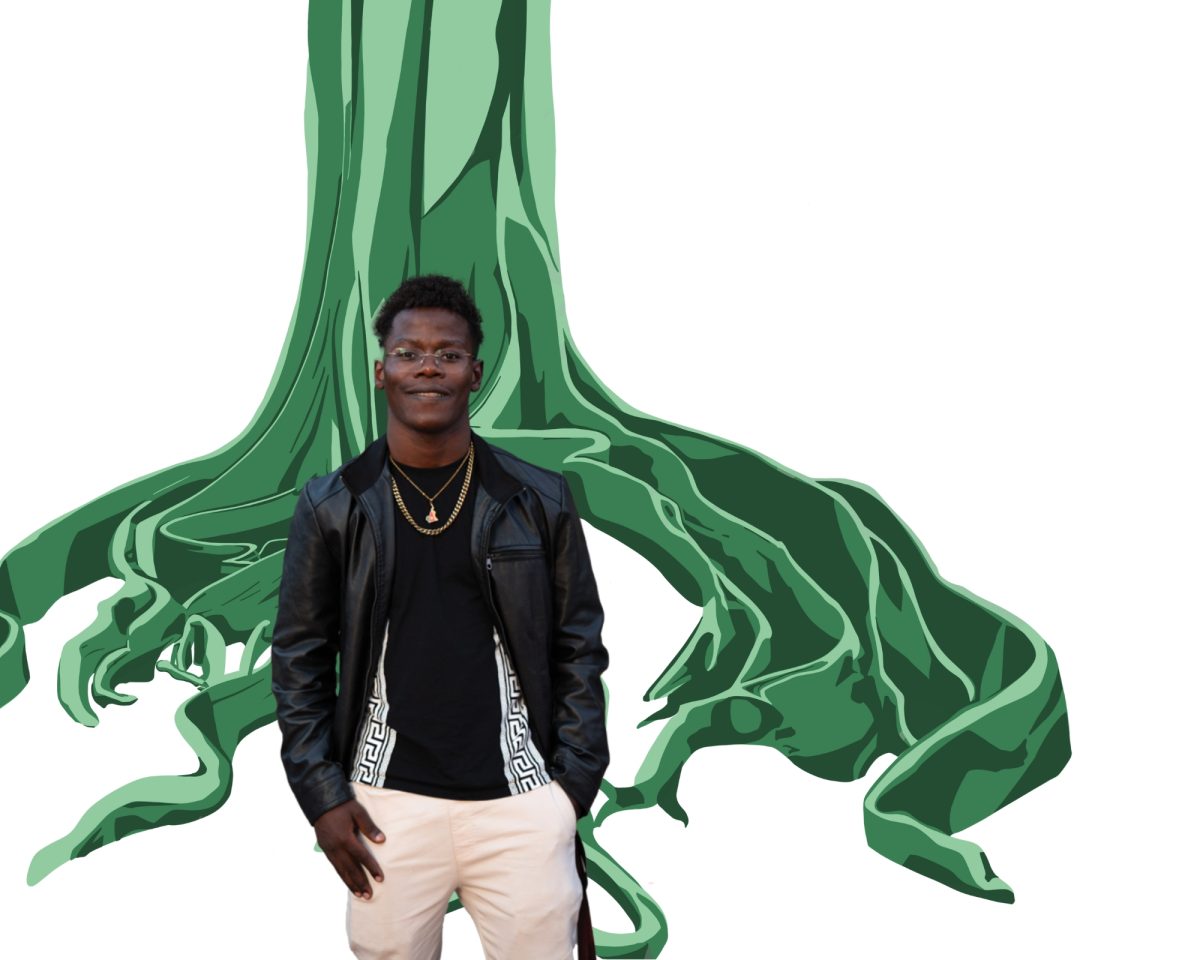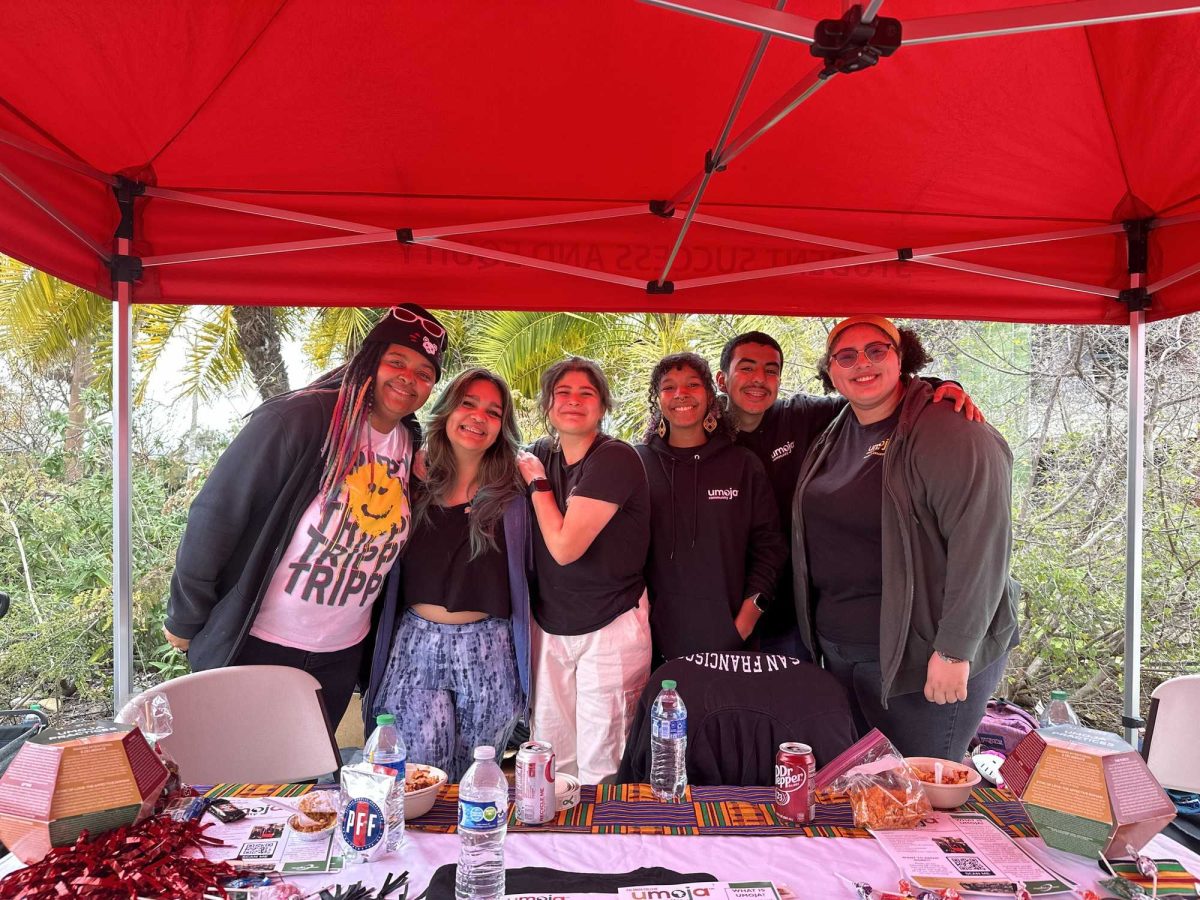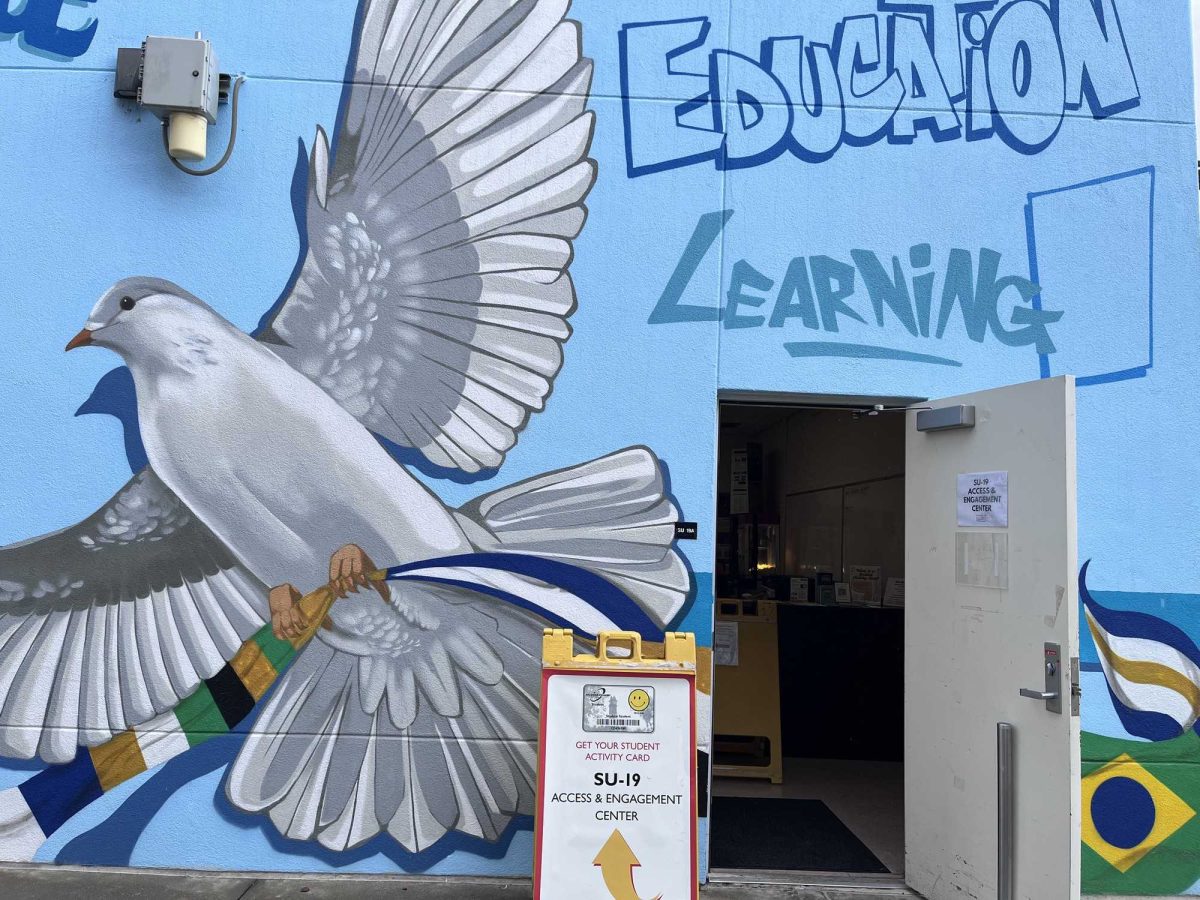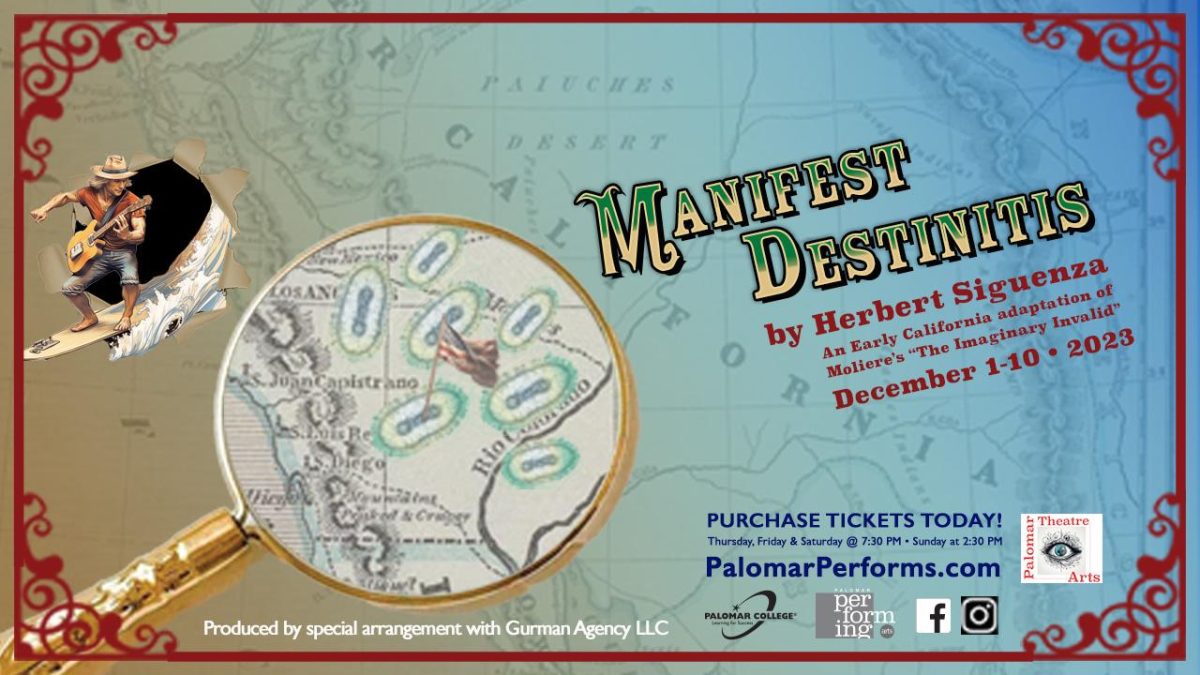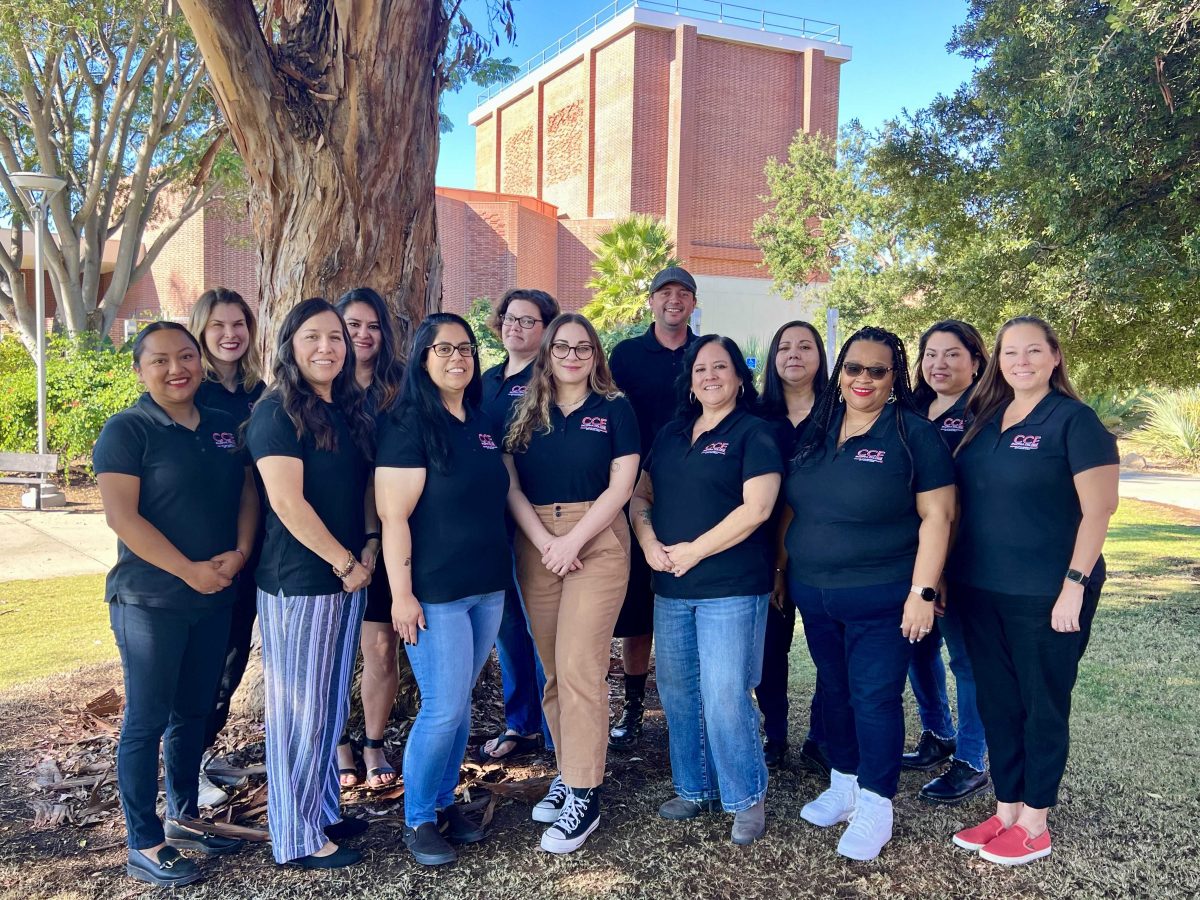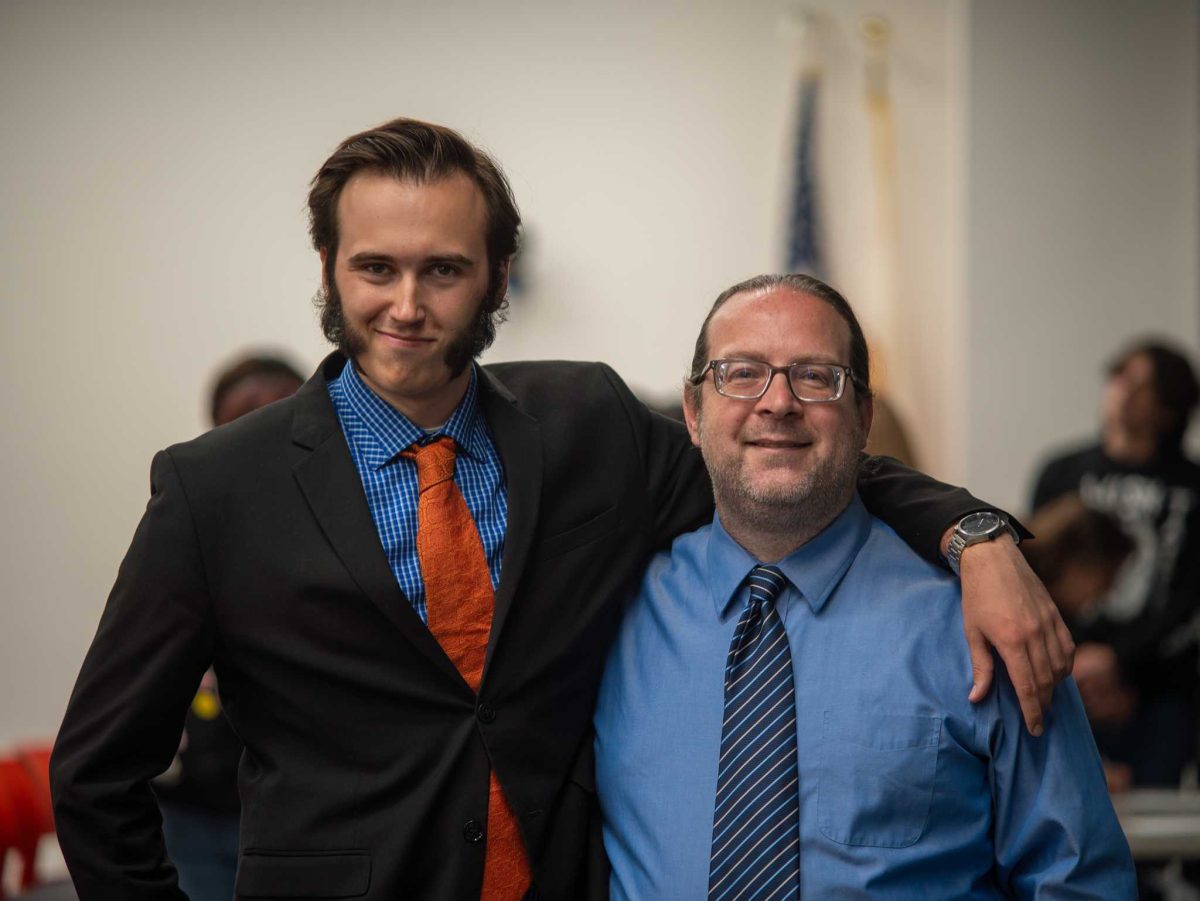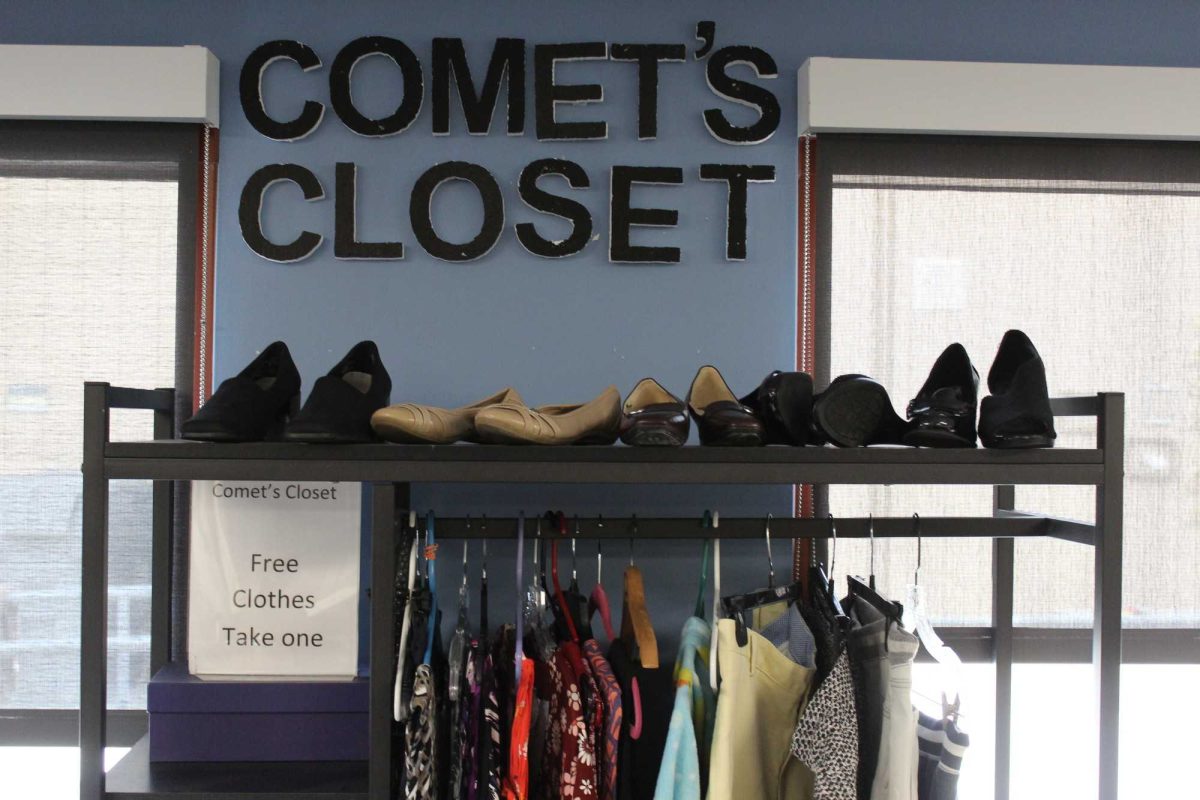Halloween was originally celebrated by the Celtics in ancient Ireland as, Samhain. The holiday began on Oct. 31st and lasted until Nov. 2, and was centered on honoring deceased relatives and warding off evil spirits.
During this time, the veil between our world and the next was believed to be at its thinnest. As an Earth-based religion, Paganism held great reverence for the seasons, and so, Samhain was also celebrated to mark the transition between the Fall equinox and Winter Solstice.
Families would feast and prepare plates for the deceased. At the table, they would speak aloud to the spirits of their loved ones, giving them updates on the happenings of the past year. Villagers would come together and make sacrifices to appease their gods and receive blessings for the harsh winter to come.
Fun fact: The fires into which priests cast sacrificial bones are what gave birth to the term, bonfire.
Since Samhain was the time when spirits had the greatest ability to interact with the human world, the Celtics feared that negative spirits would take advantage of the opportunity. Villagers would adorn masks and costumes to disguise themselves from malevolent entities.
As time went on Paganism began to shrink under the Roman empire. According to the History.com, in 43 A.D. Pope Gregory I, took a more relaxed approach to Catholicisizing the world,
“he advised a missionary going to England that instead of trying to do away with the religious customs of non-Christian peoples, they simply should convert them to a Christian religious purpose.”
And so, the name Samhain was changed to All Saints Day. At the time, saints were also called hallows, which led to the holiday being renamed All Hallow’s Eve, which eventually became (you guessed it) Halloween.
Rather than stomp out the Celtic traditions associated with Samhain altogether, many of them were integrated into the new Catholic version. Interestingly enough, many of the activities we associate with Halloween today were adopted after the holiday was usurped by the church. The most well-known and (commercialized) of these activities is, of course, trick-or-treating, which was originally called, souling. Souling was carried out by poor-folk, often-times orphaned children, who would knock on the doors of the wealthy and offer to pray for the souls of their loved ones in exchange for soul cakes. These were simple pastries made from shortbread and filled with spices and dried fruit.
Eventually souling gained popularity and gained a more jovial air; with songs, dances, and parlor tricks being offered in exchange for soul cakes, dried fruits, and nuts. Those who went out souling carried superstition reminiscent of the original Pagan holiday and would wear masks and disguises to ensure their safety from bad spirits. The practice became known as guising which coupled with souling became the costumed trick-or-treating that we all know and love.
Today, Halloween is primarily celebrated as a secular holiday, with less emphasis on mingling with the spirit world and more on figuring out how to get 8-year-olds to bed after eating 12 metric tons of candy. It isn’t just a sweet treat for the kids though, the economy also gets a sugar rush, with consumer spending projected to reach $10.14 billion in 2021, according to the National Retail Federation’s annual survey conducted by Prosper Insights & Analytics.
This year, no matter where the spirits guide you, stay safe, have fun, and remember, in the words of Tim Burton’s, Jack Skellington, “Just because I cannot see it, doesn’t mean I can’t believe it!”

